Barbacoa: More Than Just Meat on Fire
If you've ever scrolled through a Mexican restaurant menu and wondered what "barbacoa" means, you're not alone. Spoiler alert: it's not just a fancy way of saying "BBQ." Let’s dive into the smoky, spicy, globally-inspired world of barbacoa — from ancient pit cooking to modern-day slow cookers.
Table of Contents
- What Does Barbacoa Mean?
- The Historical Roots of Barbacoa
- Spice It Up: What Makes Barbacoa Flavor Unique?
- Barbacoa Around the World: A Spicy Comparison Table
- How to Make Barbacoa at Home (Without Digging a Pit)
- Myths & Misconceptions About Barbacoa
- Barbacoa in Modern Cuisine: What’s Next?
- Conclusion: Embrace the Smoke and Spice!
What Does Barbacoa Mean?
The word barbacoa is often used today to describe any slow-cooked meat dish, especially beef or lamb, marinated in spices and cooked until tender. But its origins are far more intriguing than that.
Barbacoa (noun): traditionally refers to meat slow-cooked over an open fire or in an underground pit, often associated with Caribbean, Mexican, and Indigenous American culinary practices.
Think of it as the OG of barbecue — before gas grills and pellet smokers, there was barbacoa: smoky, flavorful, and deeply rooted in cultural traditions.
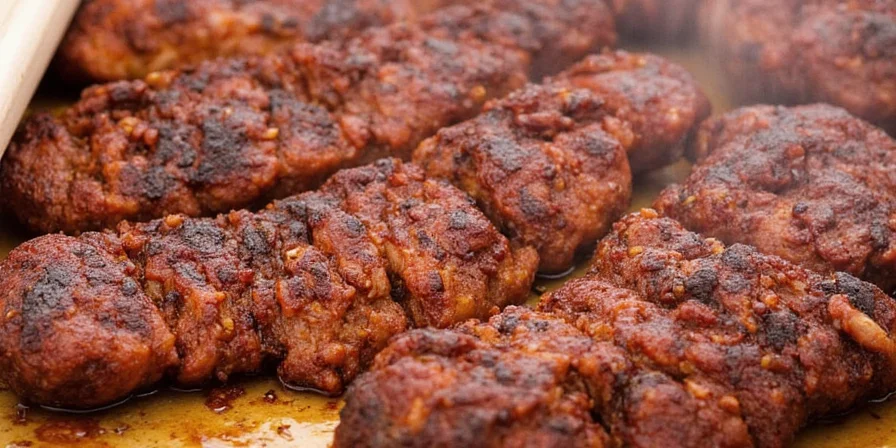
The Historical Roots of Barbacoa
Long before Spanish colonizers arrived in the New World, Indigenous peoples of the Caribbean and Mesoamerica were already perfecting their own versions of barbacoa. The Taino people of the Caribbean are credited with the original term “barbaca,” which referred to a wooden framework used for drying and smoking food — a precursor to what we now know as a grill or smoker rack.
In Mexico, the Aztecs developed similar techniques, slow-roasting meats underground using heated stones and maguey leaves. This method ensured the meat stayed moist while absorbing intense, earthy flavors. Today, barbacoa remains a staple in regions like Hidalgo and Michoacán, where entire sheep or goats are still prepared this way for festivals and celebrations.
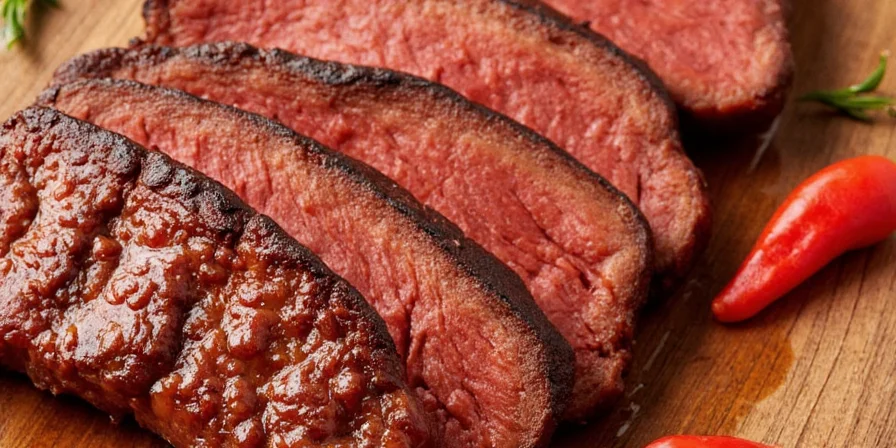
Spice It Up: What Makes Barbacoa Flavor Unique?
What sets barbacoa apart isn't just the cooking technique — it's the spice blend! Traditional barbacoa marinades use a combination of local ingredients that vary by region but share one thing: they pack a flavor punch.
- Adobo: A base of vinegar, garlic, oregano, and chili powder.
- Dried Chilies: Such as guajillo or ancho, for rich depth and heat.
- Cumin & Clove: For warm, aromatic undertones.
- Orange Juice or Coca-Cola: Used in some modern versions to tenderize and add tanginess.
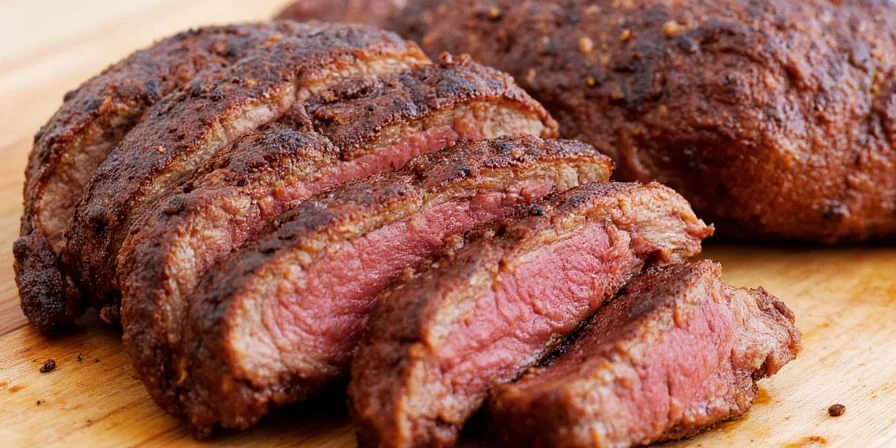
Barbacoa Around the World: A Spicy Comparison Table
While “barbacoa” may have started in Latin America, similar methods exist worldwide. Here's how different cultures approach low-and-slow cooking with unique spices:
| Cuisine | Cooking Method | Signature Spice(s) | Typical Protein | Flavor Profile |
|---|---|---|---|---|
| Mexican Barbacoa | Underground pit with agave leaves | Guajillo chili, cumin, clove | Lamb or goat | Smoky, earthy, mildly spicy |
| Korean Pulled Beef (Kalbi-gui) | Charcoal grill | Soy sauce, sesame oil, pear juice | Beef short ribs | Sweet, savory, umami-rich |
| Texas Barbecue | Offset smoker | Paprika, black pepper, mustard seed | Brisket | Peppery, woody, salty |
| Jamaican Jerk Chicken | Open flame or pimento wood smoker | Allspice, thyme, Scotch bonnet | Chicken | Spicy, herby, citrusy |
| Hawaiian Kalua Pig | Underground imu pit | Sea salt, liquid smoke | Pork | Delicate, smokey, sweet |
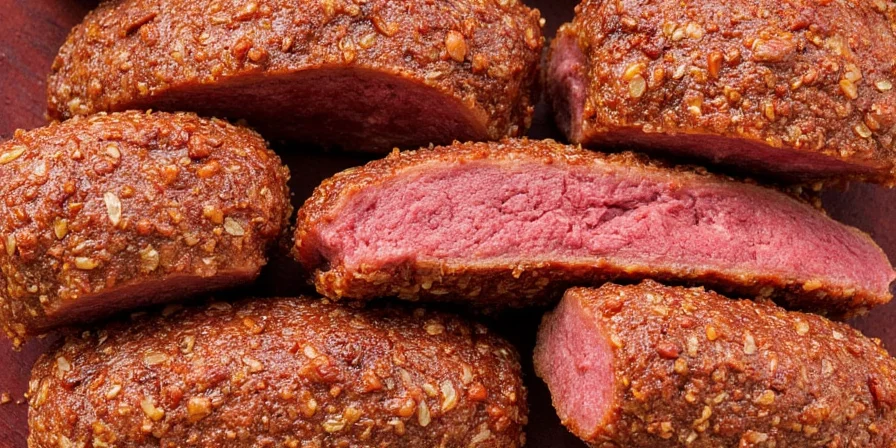
How to Make Barbacoa at Home (Without Digging a Pit)
You don’t need an archaeological dig site to enjoy authentic barbacoa. Here’s a simple home version using your oven or slow cooker:
Barbacoa Recipe: Easy Oven Edition
- Ingredients:
- 3 lbs beef chuck roast or lamb shoulder
- 2 dried guajillo chilies, seeded and soaked
- 1 onion, chopped
- 4 garlic cloves
- 1 tsp cumin
- ½ tsp ground clove
- 1 tbsp apple cider vinegar
- 1 tsp oregano
- Salt to taste
Instructions:
- Blend all marinade ingredients into a paste.
- Rub the paste generously onto the meat and refrigerate overnight.
- Preheat oven to 300°F (150°C). Wrap the meat in foil or place in a Dutch oven.
- Cook for 3–4 hours until fork-tender.
- Shred and serve with tortillas, cilantro, onions, and lime.
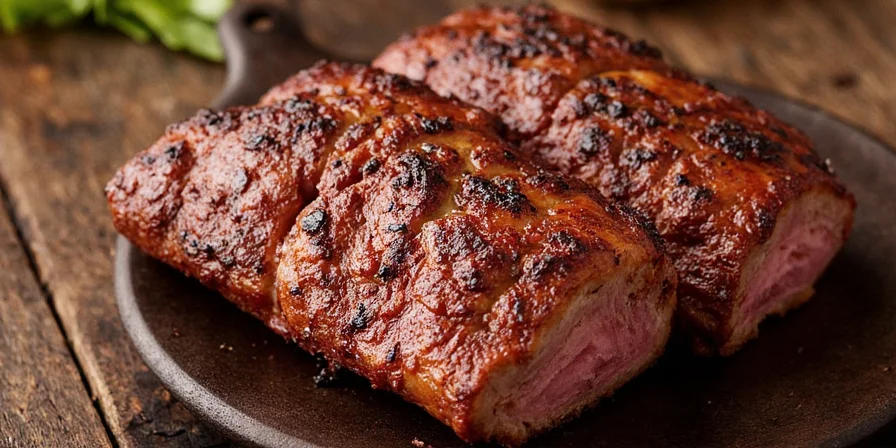
Myths & Misconceptions About Barbacoa
Let’s bust a few common myths floating around about barbacoa:
- Myth: Only beef can be used for barbacoa.
Reality: Traditionally, lamb and goat were more common — especially in central Mexico. - Myth: You must use a pit to make real barbacoa.
Reality: While traditional, modern adaptations work just as well and keep your backyard intact. - Myth: Barbacoa is always super spicy.
Reality: Many versions focus on deep, savory, and smoky notes rather than heat.
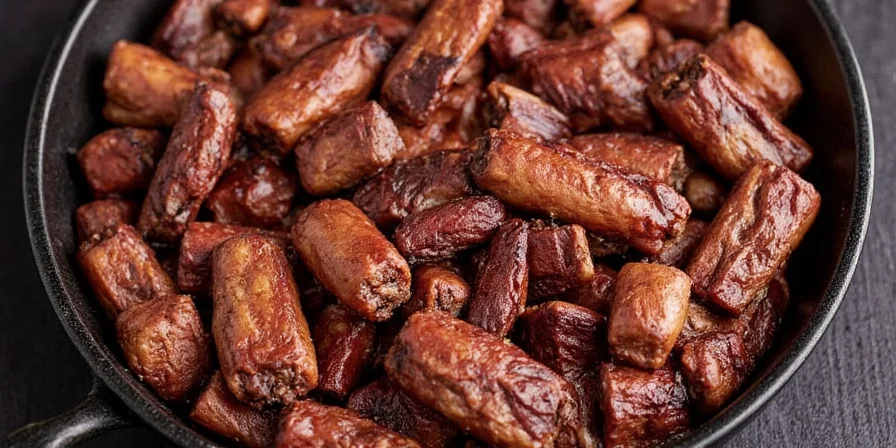
Barbacoa in Modern Cuisine: What’s Next?
As global cuisine continues to evolve, so does barbacoa. Chefs around the world are experimenting with new proteins (like jackfruit for vegan versions), alternative spice blends (hello turmeric-barbacoa fusion!), and even sous-vide interpretations.
Some restaurants are also offering barbacoa tacos with non-traditional toppings like kimchi slaw or avocado aioli — showing that tradition doesn’t have to stay stuck in the past.
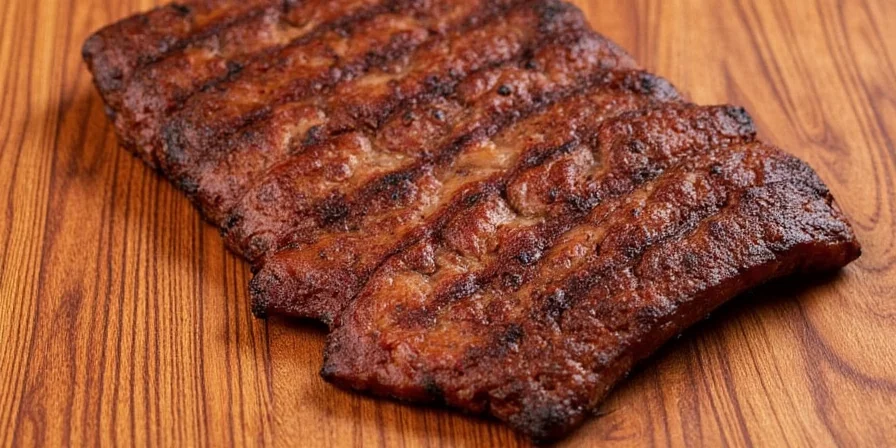
Conclusion: Embrace the Smoke and Spice!
So, what does barbacoa mean? It’s more than a word — it’s a centuries-old culinary tradition that bridges cultures, flavors, and cooking styles. Whether you’re roasting meat in your oven or dreaming of an underground feast, barbacoa offers a window into the soul of global spice traditions.
Now go forth, season boldly, and maybe don’t light your backyard on fire… unless you really want to do it the old-school way 😉
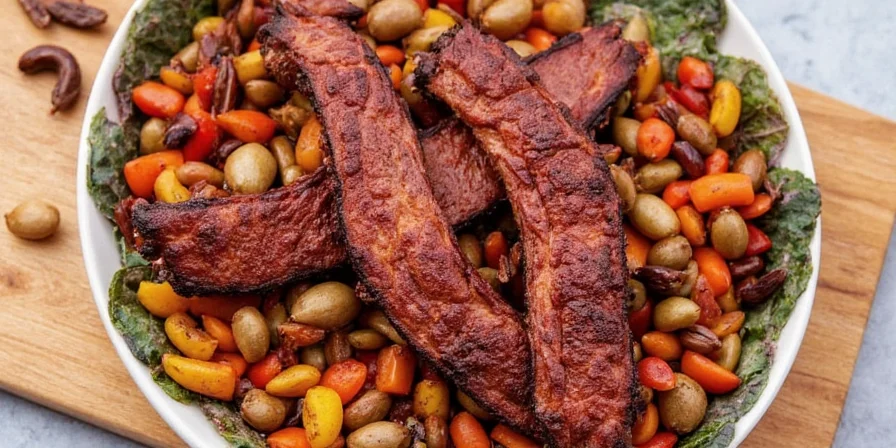

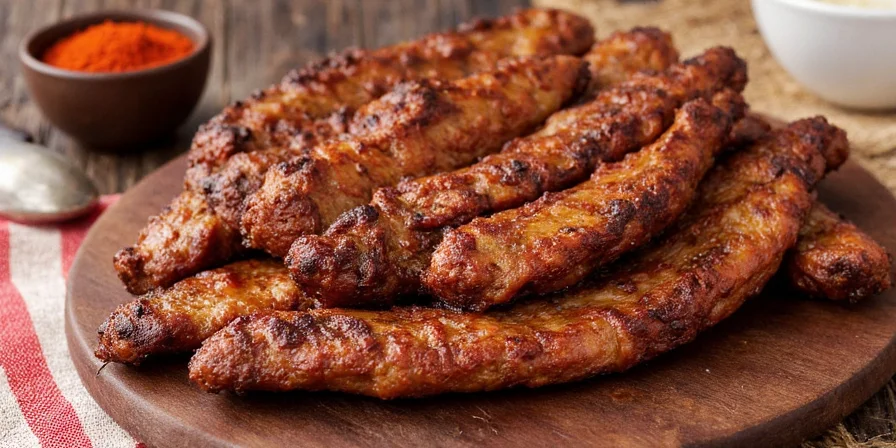









 浙公网安备
33010002000092号
浙公网安备
33010002000092号 浙B2-20120091-4
浙B2-20120091-4